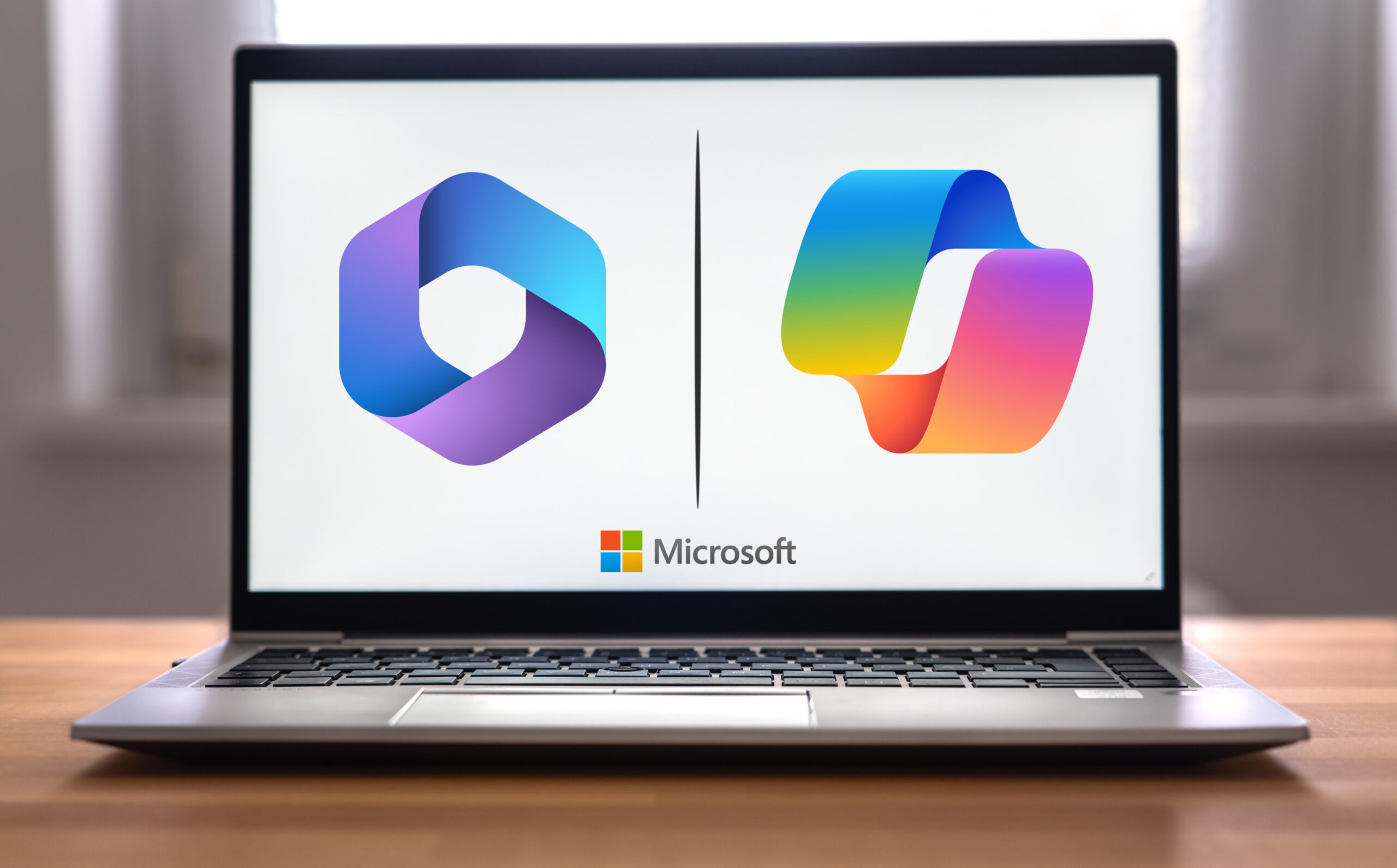Do you need an AI assistant for your business? Many developers continue introducing AI-powered tools to the market, promising to make work much easier. However, can they deliver to consumer expectations, which are infinitely higher these days? We introduce to you Copilot for Microsoft 365.
While it’s tricky to speak for other AI applications, one is gaining a lot of buzz currently. Copilot for Microsoft 365 is a power-packed productivity tool boasting robust machine learning and natural language processing in one.
The result? A highly beneficial AI assistant that’s perfect for your business. Learn more about Copilot in this guide!
Copilot for Microsoft 365: an overview
Think of Microsoft Copilot as your go-to assistant for everyday tasks. Do you need to create presentations? Need to brainstorm new ideas for your next marketing campaign? This AI tool can practically do it all:
- Word. Create, comprehend, translate, summarize, and analyze documents. Transform text into visualizations and incorporate data from a wide variety of sources.
- PowerPoint. Analyze data and organize it into slides. Add media and content, animations, and guide rehearsals for better presentations.
- Excel. Analyze data sets and suggest formulas, including task automation. Generate charts and tables, format templates, and program macros.
- Outlook. Create, summarize, and edit emails, and organize inboxes and calendars. Improve email drafts and manage contacts.
- Teams. Summarize discussions in real-time and analyze conversations. Task coordination and development of custom bots.
These super functionalities enhance the way you approach work tasks. Combined with an efficient managed IT service, you can rest assured that your business runs seamlessly every day. With Copilot for Microsoft 365 doesn’t that sound like an appealing dealmaker for you?
Benefits of Copilot for Microsoft 365
Rather than a one-track AI tool, Copilot is a multi-faceted suite of assistants to match different aspects of your company. There’s virtually a Copilot AI assistant to streamline your business.
Quick and comprehensive research
Microsoft Copilot revolutionizes the way you find information online and offline. It’s an excellent tool that pulls data from a vast array of sources, saving effort and time in the process.
Productivity boost with Copilot for Microsoft 365
This AI tool is intelligent and can automate tasks on your behalf. Doing so improves your workflow, especially when dealing with Microsoft apps that you use in the office. It allows your team members to invest their energy in achieving vital long-term and short-term goals.
Creative support with Copilot for Microsoft 365
The speed and accuracy with which this AI-powered assistant performs visualization and organization is extraordinary. You can create and edit presentations and content in minutes and receive effective suggestions to improve your creative processes.
The takeaway
Copilot for Microsoft 365 is the ticket to improving a great chunk of your work. With the right managed service provider and this AI tool in action, you can focus on more important business matters. Should you get it for your company? Yes, definitely!



